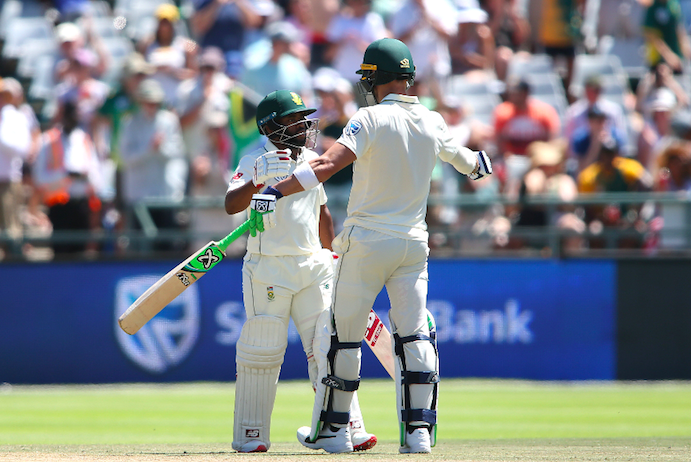What is the World Test Championship and why is it happening?
After years of planning, the World Test Championship (WTC) has been introduced as a way of bringing greater context to Test-match cricket. Every Test played under the WTC will count towards an overall points table, meaning dead rubbers at the end of a series will be no more. Every victory, every loss, and every draw will carry an impact on the final league standings. Two years, nine teams, 27 series, 72 Test matches, one World Test Champion.
When does it start?
The first Ashes Test at Edgbaston between England and Australia on 1-5 August will be the very first played as part of the first World Test Championship. For South Africa the first matches in the WTC will be in the Freedom Series in India on 2 October. The first WTC will culminate in the final in June 2021 in England, which is set to be played at Lord’s.
Who’s playing?
The top-nine ranked Test nations – Australia, Bangladesh, England, India, New Zealand, Pakistan, South Africa, Sri Lanka and the West Indies – will take part in the first Test Championship. Zimbabwe and Test new boys Ireland and Afghanistan won’t be involved in the first two-year cycle.
How is the winner decided?
Teams will be awarded points for each match they play (see points section below) and the top-two teams at the end of the two-year cycle will play off in a five-day final to determine the overall winner. If the final is drawn or tied, the team that finished on top of the table will be declared the winner.
Is every Test match part of the World Test Championship?
No, not all of them. The WTC nations will still play some Tests against Zimbabwe, Afghanistan and Ireland, but they won’t be played for WTC points.
Does each team play the other at least once?
No. With nine teams involved and limited-overs cricket, domestic T20 leagues and major ICC events taking up plenty of space in the calendar, there’s simply not enough time for each team to play the other during the two-year cycle. It’s also worth remembering that cricket can only be played at certain times of year; playing during the winter months or monsoon seasons in some countries simply isn’t possible, which constricts the time available for cricket to be played each year. Instead, each team will play six series during the two-year cycle, three at home and three away.
Will all series feature the same number of Tests? But won’t that mean some teams will play more matches than others? How is that fair?
Yes, some teams will play more Tests during the two-year cycle than others, but the points system – which is explained in detail below – is weighted in a way that teams who play less matches won’t be disadvantaged.
The points system explained:
In each series, a total of 120 points will be up for grabs and distributed based on how many matches are played in each series. For example, a win in a two-Test series is worth 60 points, a win in a three-Test series is worth 40 points and so on.
In the unlikely event of a tie, each team will be awarded half the points that are on offer for a win. But in an effort to discourage teams from playing for a draw, a drawn match will let each team receive only a third of the points on offer for a win.
This table explains things pretty well.
Will winning some matches earn more points than others …
Yes. The structure of the points system was debated at length as officials tried to strike the right balance.
The biggest obstacle to producing a simple points system is the fact each series is not the same length, and it’s easy to understand how this has happened. Remember, the idea of the WTC is to reduce the number of Test matches that have little context. So, with teams playing an uneven number of matches in each cycle, officials had to find a system that didn’t disadvantage those teams who play less.
Content: Cricket South Africa
Photo: Gallo Images








